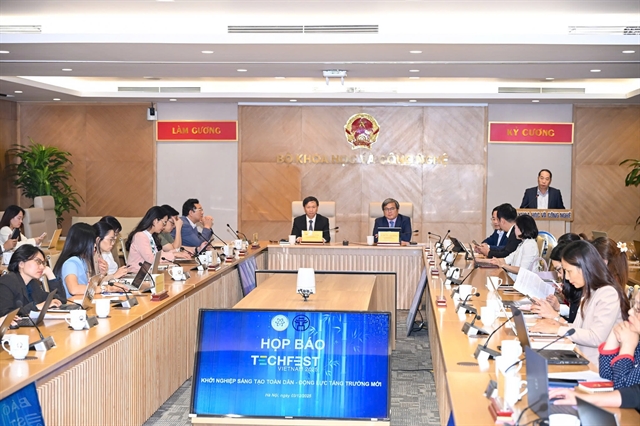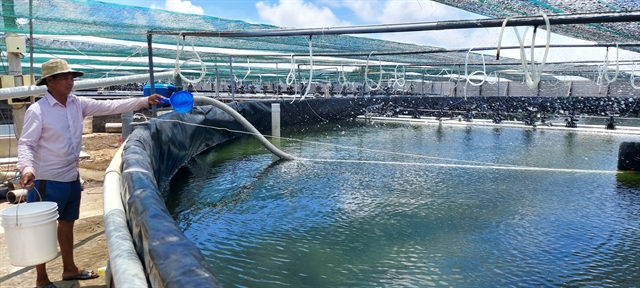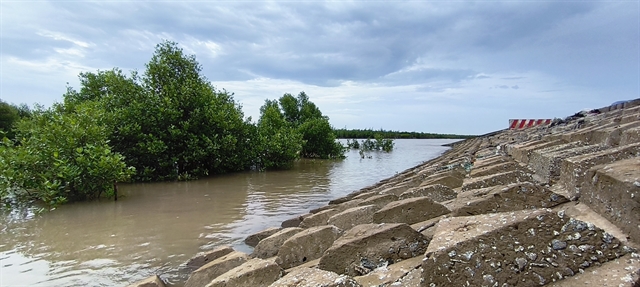 Economy
Economy

The production value of the shrimp industry in the Mekong Delta province of Bến Tre aims to increase by an average of 41.1 per cent each year to 2025 and reach US$1 billion.

|
| A high-tech shrimp farming model in Bình Đại District, Bến Tre Provine. — VNA/VNS Photo Công Trí |
BẾN TRE — The production value of the shrimp industry in the Mekong Delta province of Bến Tre aims to increase by an average of 41.1 per cent each year to 2025 and reach US$1 billion.
According to a plan to develop the sector, issued recently by the provincial People’s Committee, the locality will develop 4,000 ha of brackish water shrimp aquaculture areas applying high technology by 2025, to promote the sustainable development of the fisheries economy and the coastal province’s socio-economic development.
Chairman of the provincial People’s Committee Trần Ngọc Tâm said Bến Tre aims to modernise its industrialisation-oriented marine shrimp farming sector and turn it into a large commodity production sector with high levels of competitiveness, productivity, and quality, creating breakthroughs in the stable and sustainable development of the fisheries economy and, most importantly, contributing to the province’s GDP growth.
Local authorities have implemented solutions such as re-organising production, improving the quality of young marine shrimp, prompting the research and application of science and technology in production, developing infrastructure, managing the environment, and developing shrimp processing activities.
Attention will be paid to developing concentrated and large raw material production areas and expanding effective aquaculture models to help local farmers improve their earnings.
According to the Deputy Director of the provincial Department of Agriculture and Rural Development Nguyễn Văn Buội, Bến Tre currently has nearly 1,700 ha of brackish water aquaculture areas applying high technology, with an annual average yield of 36 tonnes per ha and profit of VNĐ2.1-VNĐ2.4 billion ($91,400-$104,560) per ha per year.
Brackish water shrimp farming has been developing strongly in Bến Tre, especially intensive and semi-intensive shrimp cultivation.
According to the department, as of 2020, the locality had exploited 45,747 ha of aquaculture area out of 50,000 ha of potential aquaculture area, including 36,000 ha of intensive and semi-intensive marine shrimp farming areas, with total production reaching some 70,000 tonnes.
Infrastructure in the province’s aquaculture areas has been gradually improved, especially road and irrigation networks, basically meeting current demand. — VNS




